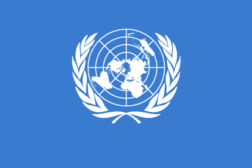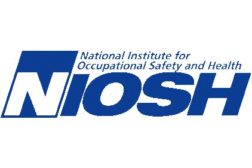Environmental Health and Safety
Belgium, France & Denmark calling for mandatory reporting
Read More
UN report: Work-related diseases kill more people than work-related accidents
In addition to death toll, financial cost is enormous
April 30, 2013
Global focus April 28 will be on occupational disease prevention
“World Day for Safety and Health at Work”
April 18, 2013
Drugs used to treat patients can harm health care workers
Caring for sick is a "high-hazard" occupation
April 18, 2013
More U.S. consumers going green with buying choices
Survey finds confusion over terms
April 17, 2013
White house approves radical radiation cleanup rollback
The radiation guides allow cleanup many times more lax than anything EPA has ever before accepted.
April 17, 2013
Are “green jobs” safe?
The European Agency for Safety and Health at Work has set a number of challenging targets for reductions in carbon emissions and waste
April 16, 2013
Become a Leader in Safety Culture
Build your knowledge with ISHN, covering key safety, health and industrial hygiene news, products, and trends.
JOIN TODAYCopyright ©2025. All Rights Reserved BNP Media.
Design, CMS, Hosting & Web Development :: ePublishing






